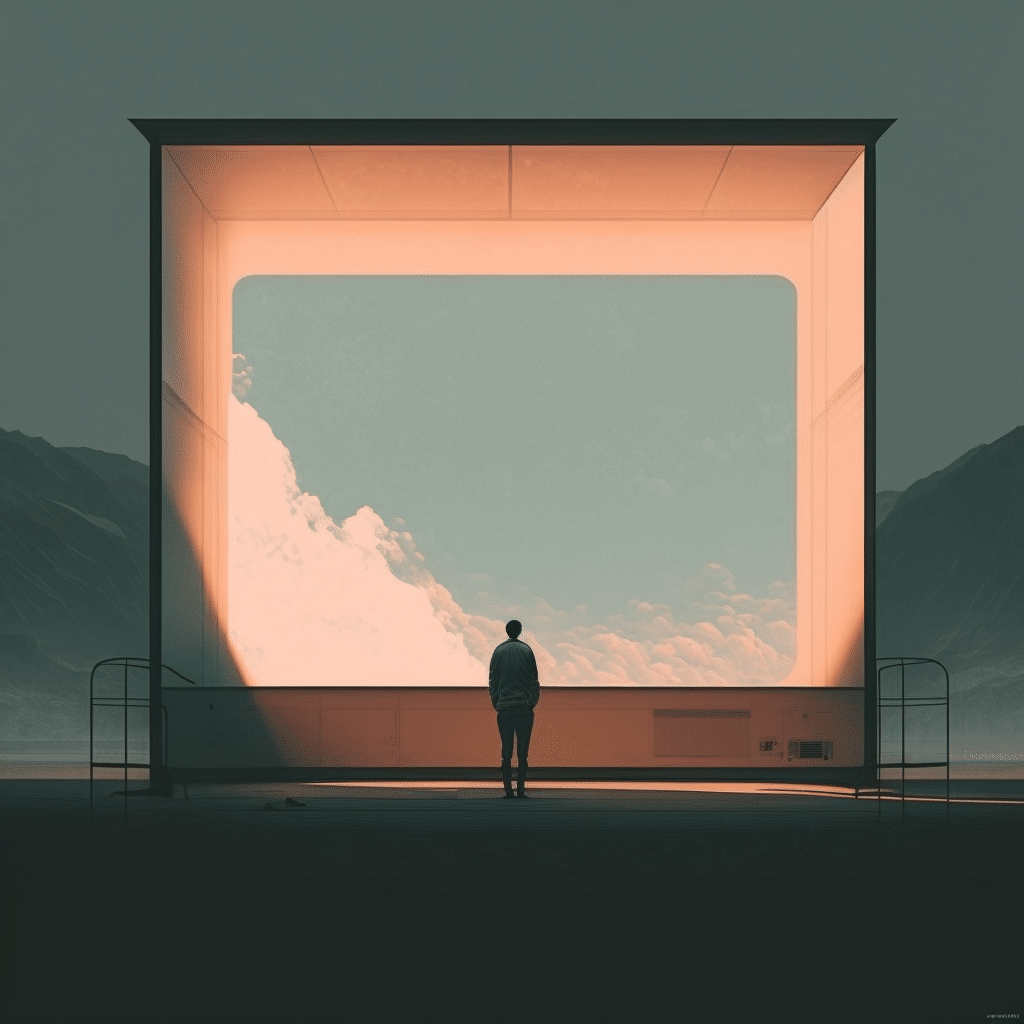Film Artists vs AI – 100 Days of Strike
Despite two blockbusters in world cinemas competing in all possible categories of earnings and viewership, it seems that the main topic in the film industry of Hollywood this summer is a strike!
These days, 100 days have passed since the start of the screenwriters’ strike in Hollywood, which was joined by the actors on July 14.
Two powerful unions – screenwriters (WGA) and actors (SAG AFTRA) are joining forces in a strike that we can certainly call historic. In fact, for the first time since 1960, two branches of the Hollywood industry are claiming their rights simultaneously.
Unions claim that film and television producers (including Netflix, Amazon, Apple, Disney/ABC/FOX, Paramount, Warner Bros, Sony, etc.) are trying to keep all immense earnings for themselves by eliminating the work of actors and writers.
While there are several union demands, the main ones relate to higher residual fees and fairer use of artificial intelligence (AI) in the filmmaking process.
Unions demand the controlled use of artificial intelligence (hereinafter: AI) previously approved by authors and actors, and that it be used only as a tool for research and facilitating the process of creating a work – and not as a substitute for the creativity inherent in humans.
Concerns about the use of AI in the creative industries have become a global hot topic. On 20th of July 2023 11 organizations for the collective exercise of copyright and related rights around the world (whose members are also related organizations in Serbia) sent an open letter to the makers of AI policies, in which they demand the protection of creative rights.
The impact of AI on all spheres of society, including art and creativity, is becoming an increasingly important topic every day, and legal regulation is almost non-existent. On 14th of June 2023 The European Parliament adopted a draft of the first legally binding act that regulates the issue of artificial intelligence (AI Act), which could enter into force at the beginning of 2025. So, currently, there is no legal framework under which the application and use of AI would be limited in the creative industry.
The topic of using AI is directly related to another, perhaps even more important, requirement of screenwriters and actors – higher residual fees, i.e. fees paid to authors and holders of related rights for derived exploitations of their works such as broadcasting, rebroadcasting, streaming, but also using AI. Although actors complain about the fact that these fees are getting smaller, a significant issue is again the collection of this fee for use by AI, and as the actors state, the space is currently freed up for them to be hired for one day of filming, and for their character then to be used by AI for the rest of the movie.
Residual fees are certainly an issue of audio and AV artists’ struggle for a fair place in the world of technology. Collective collection, as the only realistic option for collection from online platforms, is implemented in very few countries at all, and even where it is collected, it is negligible compared to the profits that these acts bring. AI threatens to upset that balance even more, especially bearing in mind that according to current intellectual property regulations, a work created with the help of an AI generator does not constitute an author’s work (nor an interpretation) and, as such, can be freely used.
Despite claims by Hollywood production companies that artists will not be replaced – it seems more than certain that AI will replace many traditional ways of film making, and faster than anyone probably realizes. It seems that artists are already fighting no longer against technology but for their rightful place in the world of technological innovation.
Vujinovic & Partners actively participates in the processes of amending regulations and projects aimed at improving the rights of film and other artists in Serbia. We remain true to these principles and hope to establish a fair balance between technology and art.





